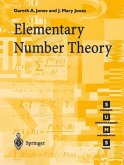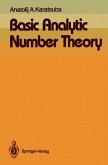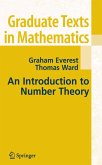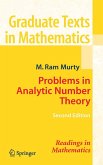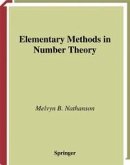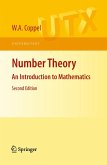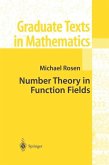Dieser Download kann aus rechtlichen Gründen nur mit Rechnungsadresse in A, B, BG, CY, CZ, D, DK, EW, E, FIN, F, GR, HR, H, IRL, I, LT, L, LR, M, NL, PL, P, R, S, SLO, SK ausgeliefert werden.
"This book is the first volume of a two-volume textbook for undergraduates and is indeed the crystallization of a course offered by the author at the California Institute of Technology to undergraduates without any previous knowledge of number theory. For this reason, the book starts with the most elementary properties of the natural integers. Nevertheless, the text succeeds in presenting an enormous amount of material in little more than 300 pages. The presentation is invariably lucid and the book is a real pleasure to read."
-MATHEMATICAL REVIEWS
T.M. Apostol
Introduction to Analytic Number Theory
"This book is the first volume of a two-volume textbook for undergraduates and is indeed the crystallization of a course offered by the author at the California Institute of Technology to undergraduates without any previous knowledge of number theory. For this reason, the book starts with the most elementary properties of the natural integers. Nevertheless, the text succeeds in presenting an enormous amount of material in little more than 300 pages. The presentation is invariably lucid and the book is a real pleasure to read."
-MATHEMATICAL REVIEWS
"After reading Introduction to Analytic Number Theory one is left with the impression that the author, Tom M. Apostal, has pulled off some magic trick. ... I must admit that I love this book. The selection of topics is excellent, the exposition is fluid, the proofs are clear and nicely structured, and every chapter contains itsown set of ... exercises. ... this book is very readable and approachable, and it would work very nicely as a text for a second course in number theory." (Álvaro Lozano-Robledo, The Mathematical Association of America, December, 2011)



